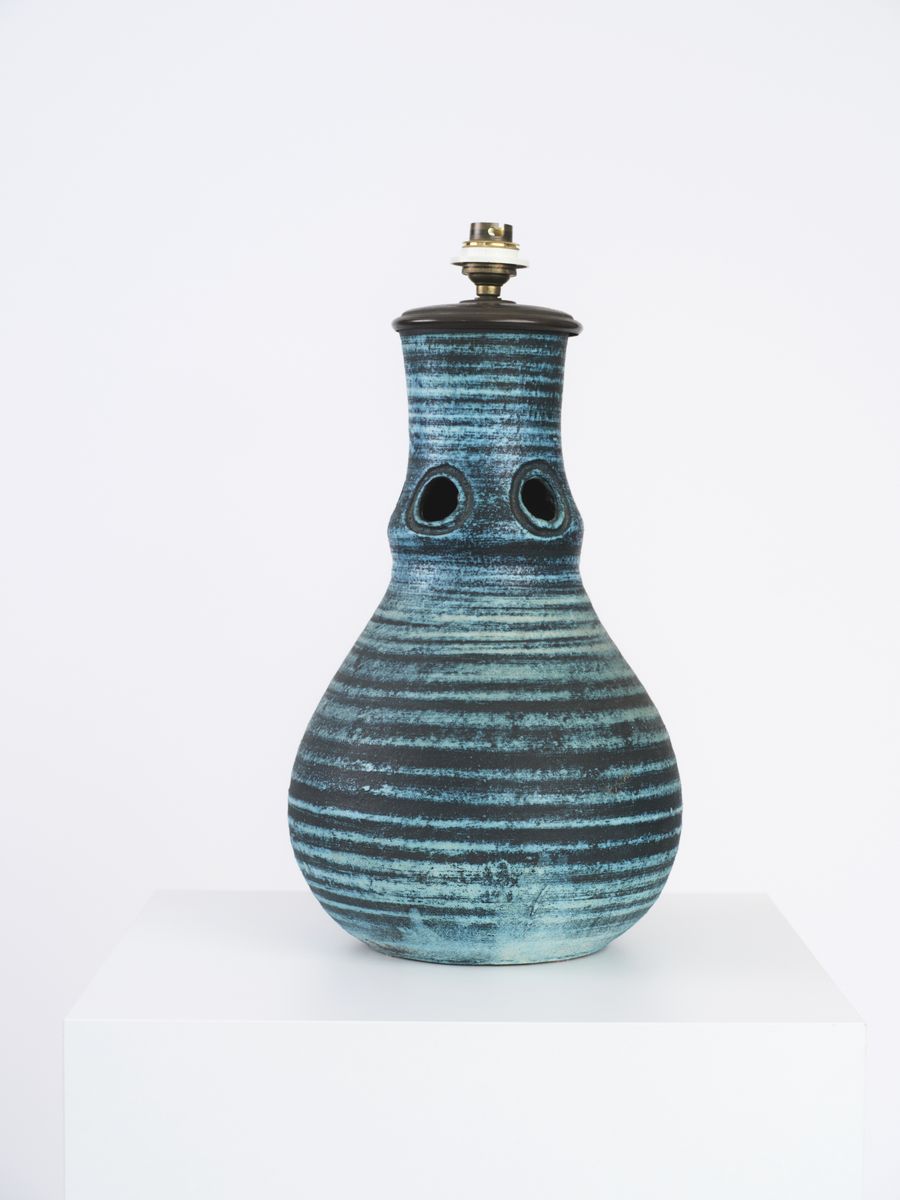The 1950s was a significant period for contemporary ceramics, with the Accolay factory playing a key role. During this time, artists and ceramicists were experimenting with various techniques, such as hollow decorations, layering slip and colored enamels, creating different textures, and using challenging red enamels.
The Poterie d’Accolay refers to a community of potters based in Accolay, Yonne, led by André Boutaud, Louis Dangon, Slavic Paley, and Raude, who were former students of Alexandre Kostanda. Later, decorators like Raphaël Giarrusso, Georges Pelletier, and sculptor Pierre Merlier made their mark on this artistic period. The ceramics were known for their unique decorations and a variety of forms, including pots, wall plates, lamps, and masks.
This creative period was so successful that by 1958-1960, the ceramic industry employed around sixty people and opened several exhibition stores along major roads, including RN6 in Vermenton, Arcy sur Cure, and Appoigny, RN7 in Pouilly sur Loire, and the road from Dijon to Fixin.
